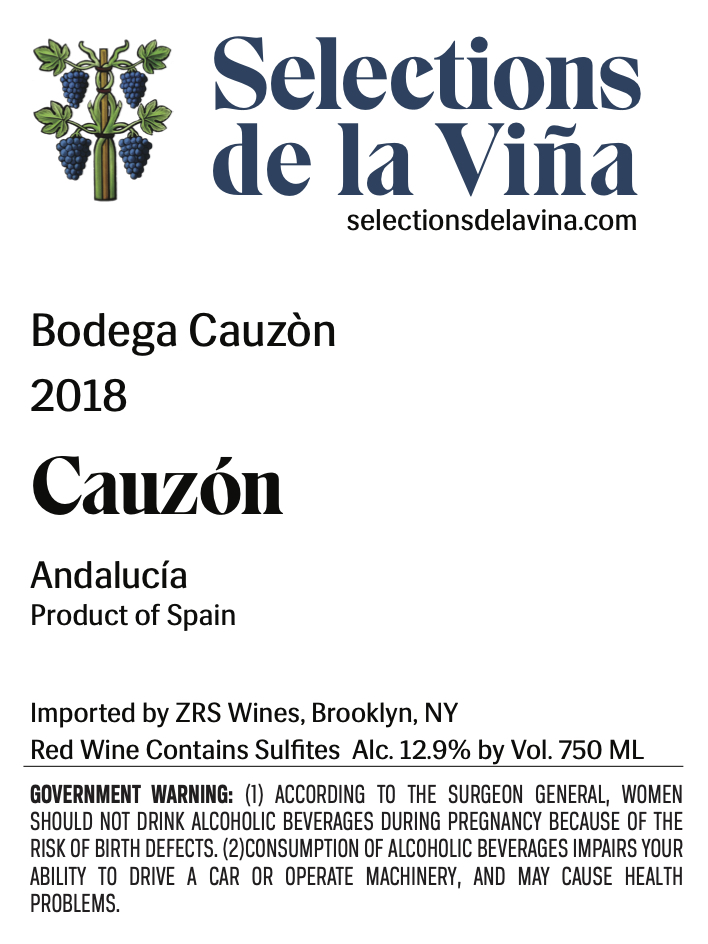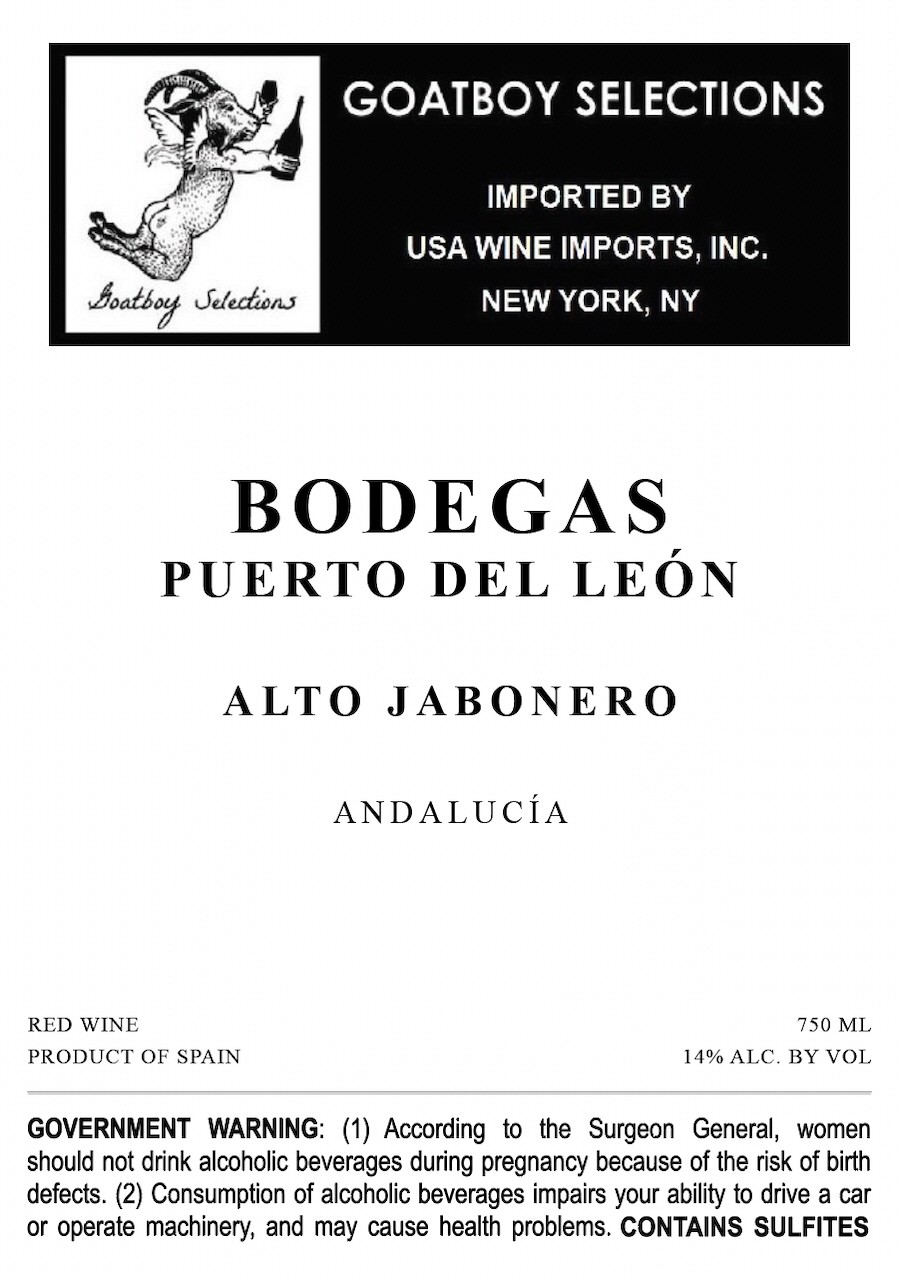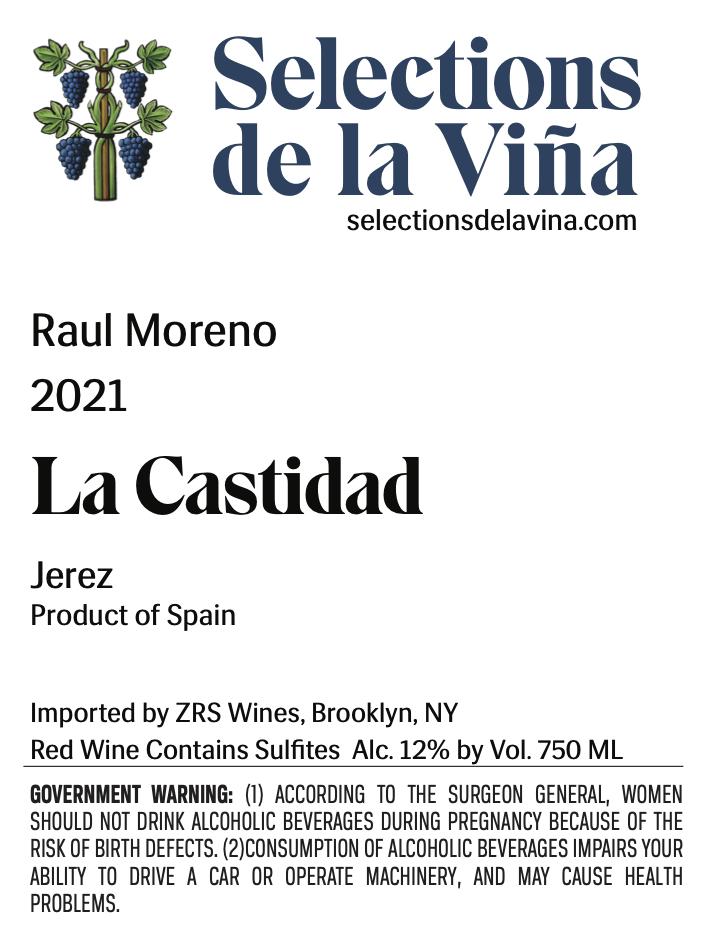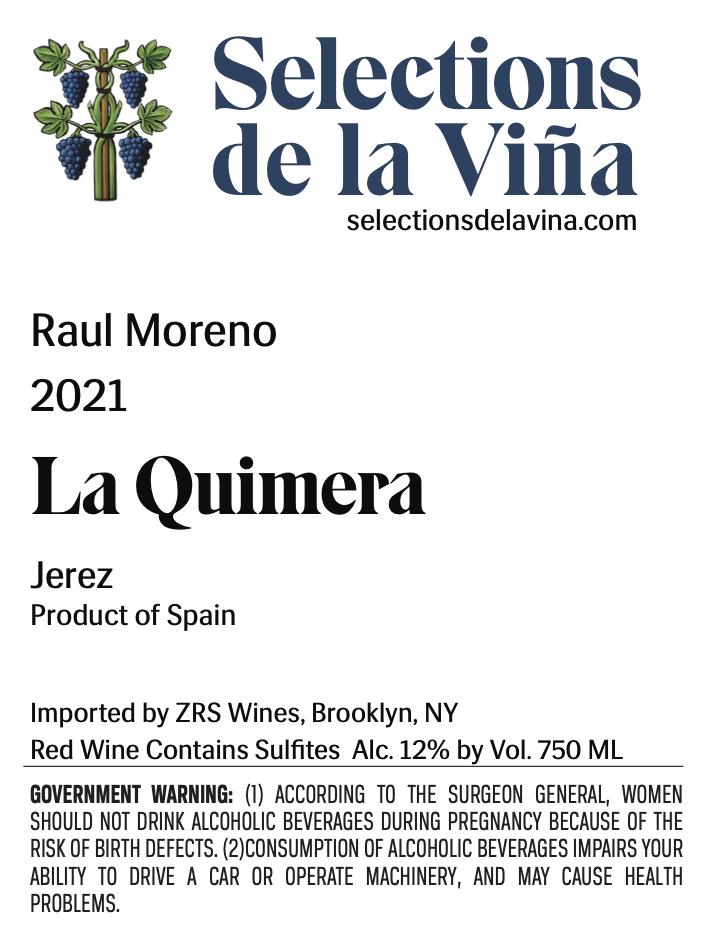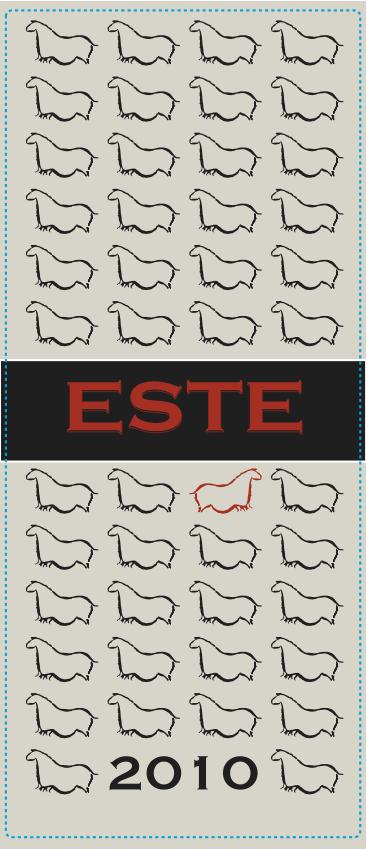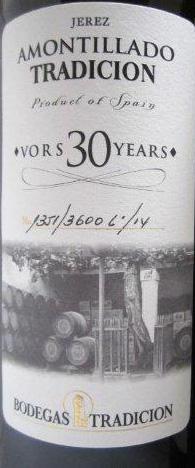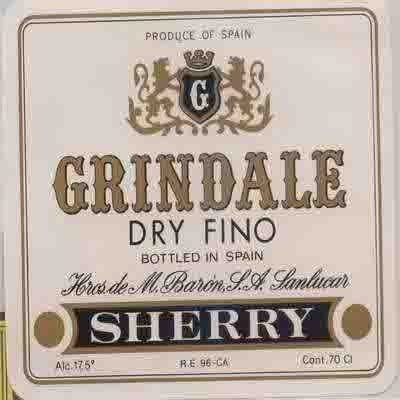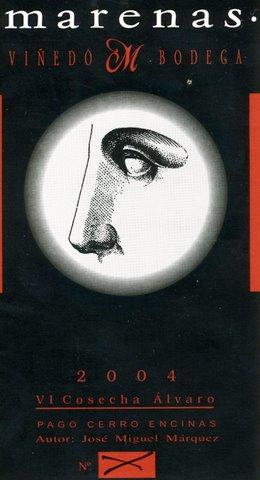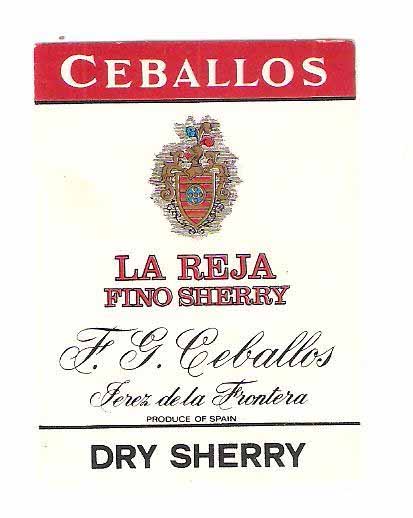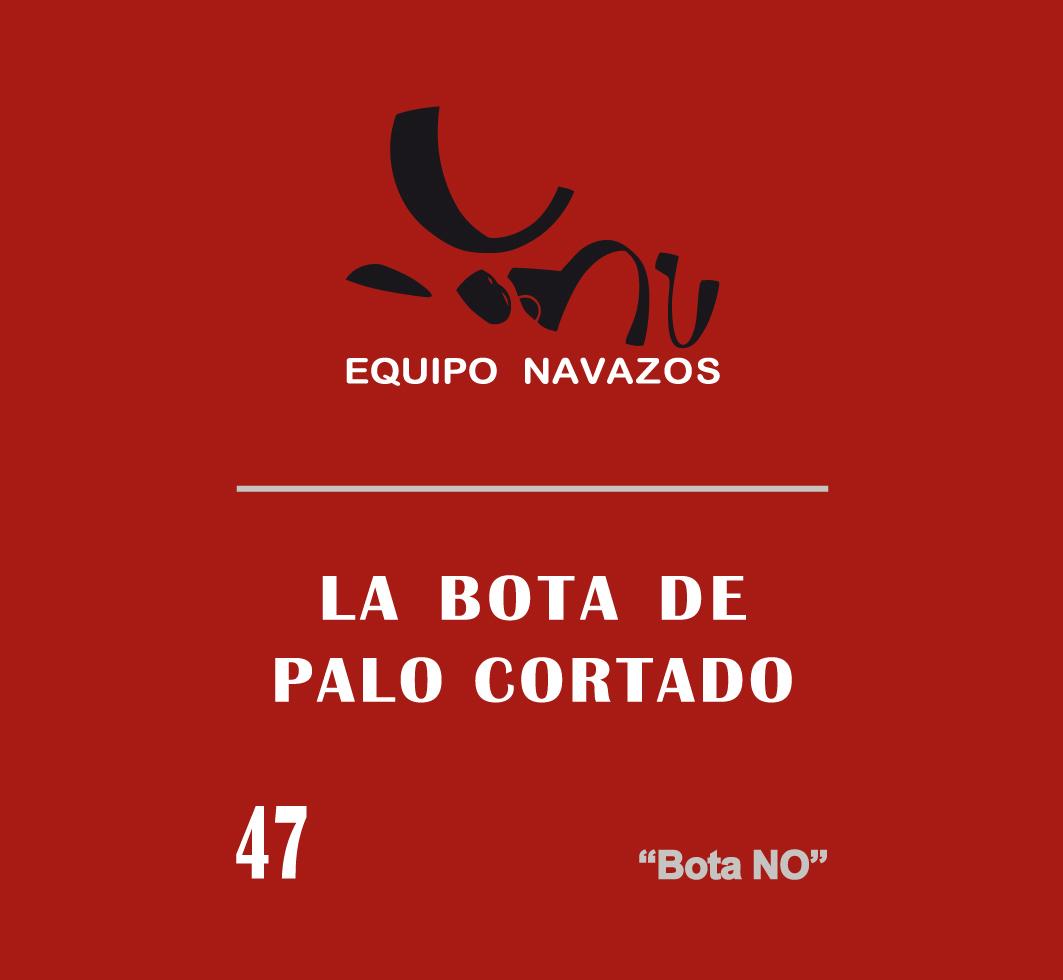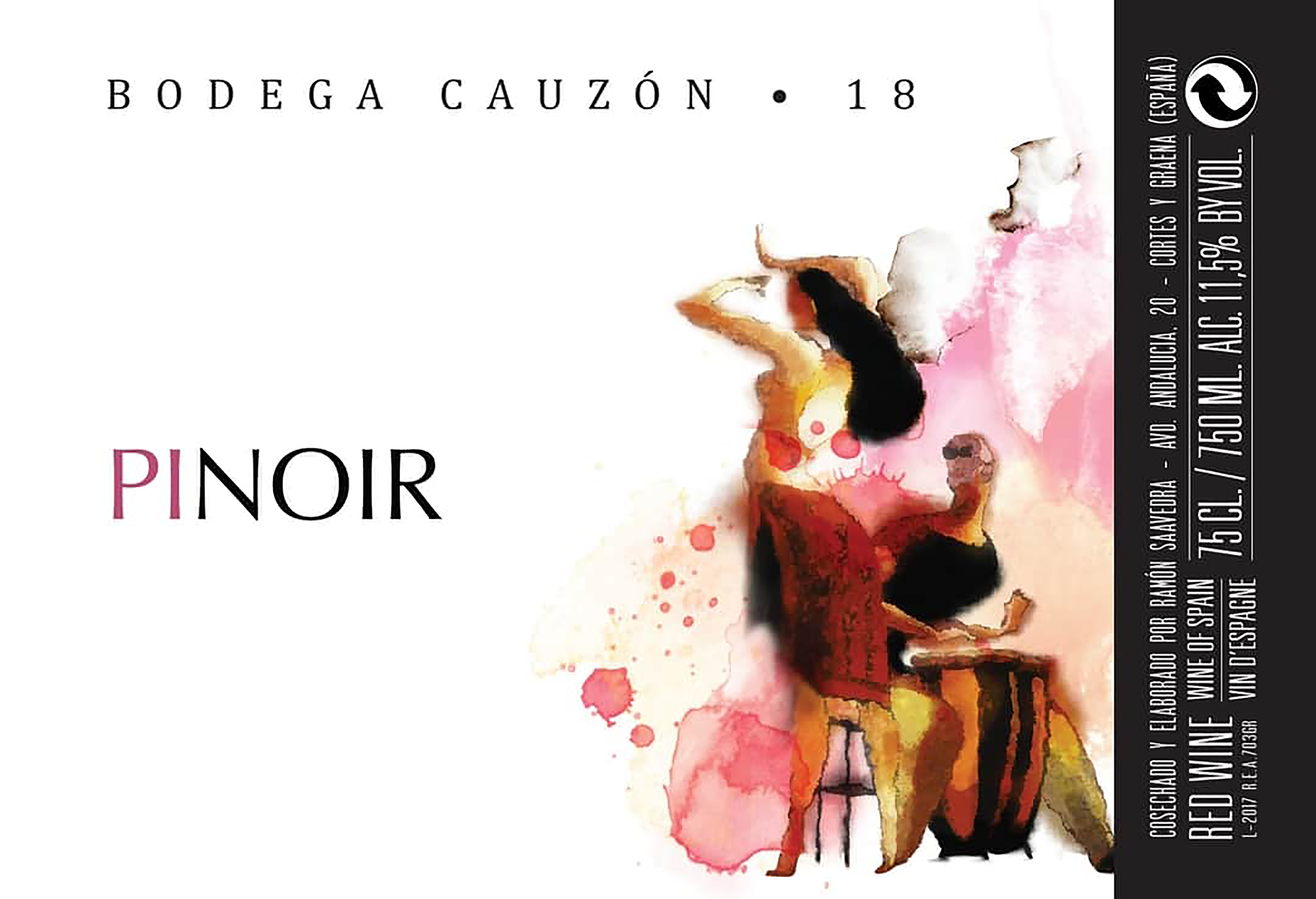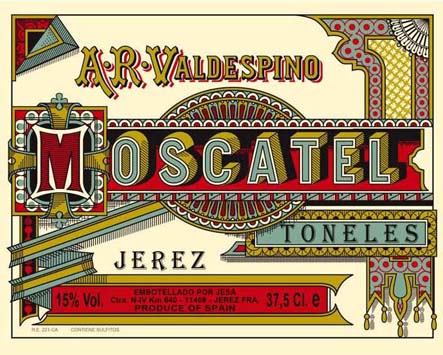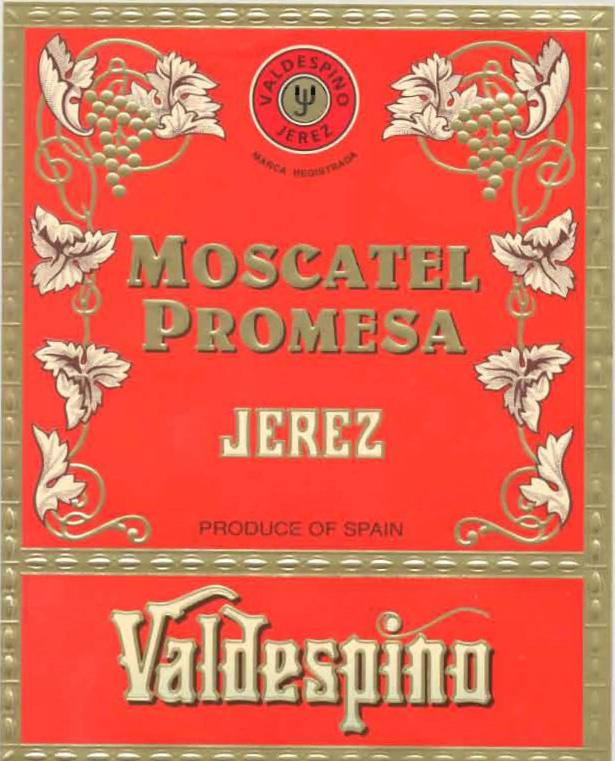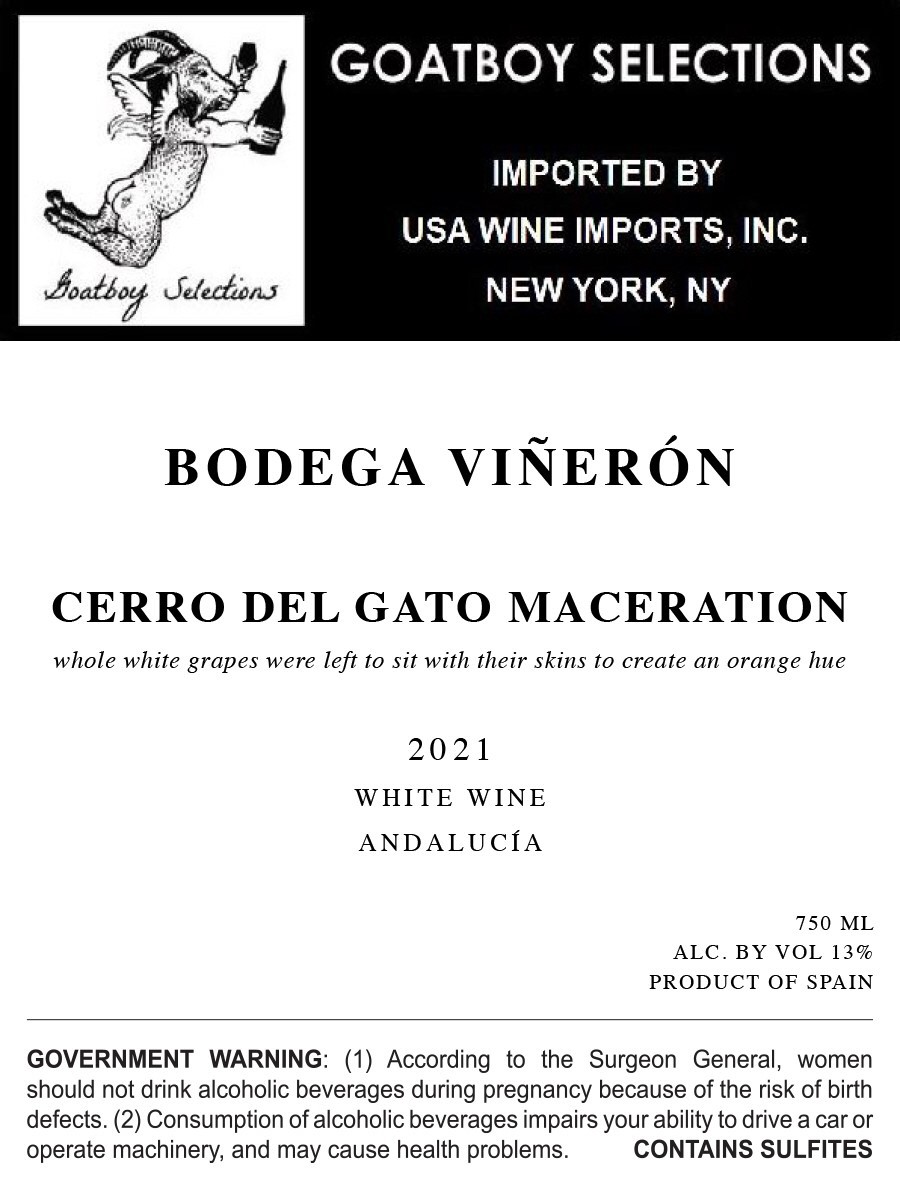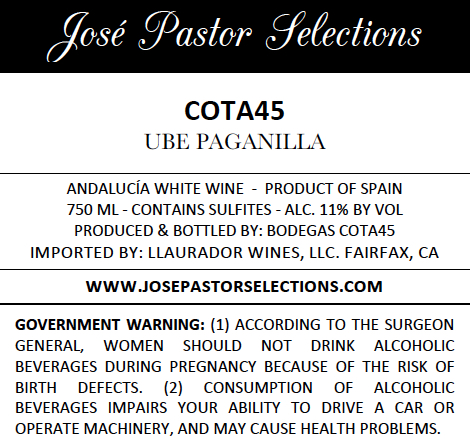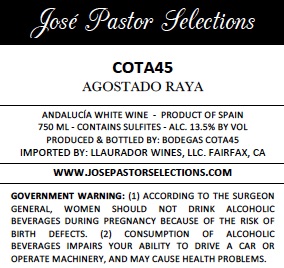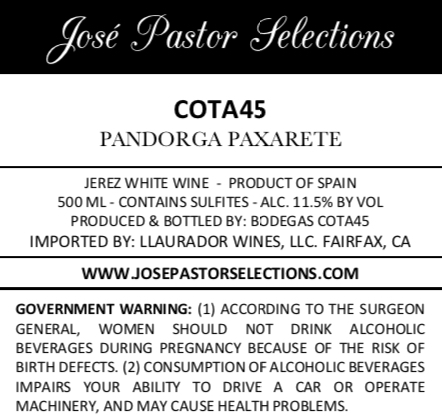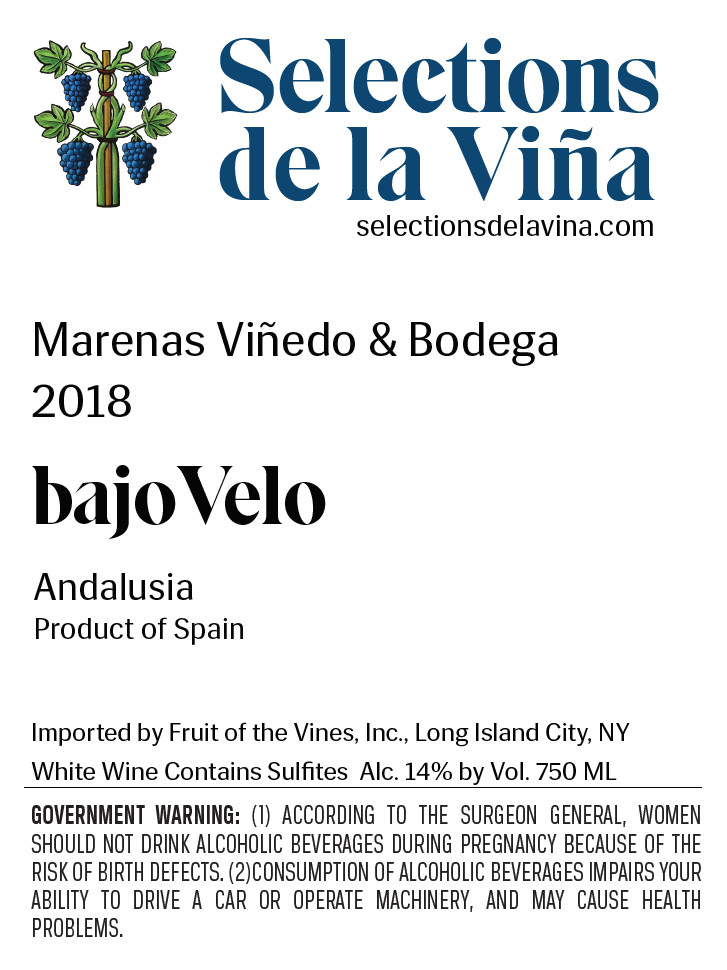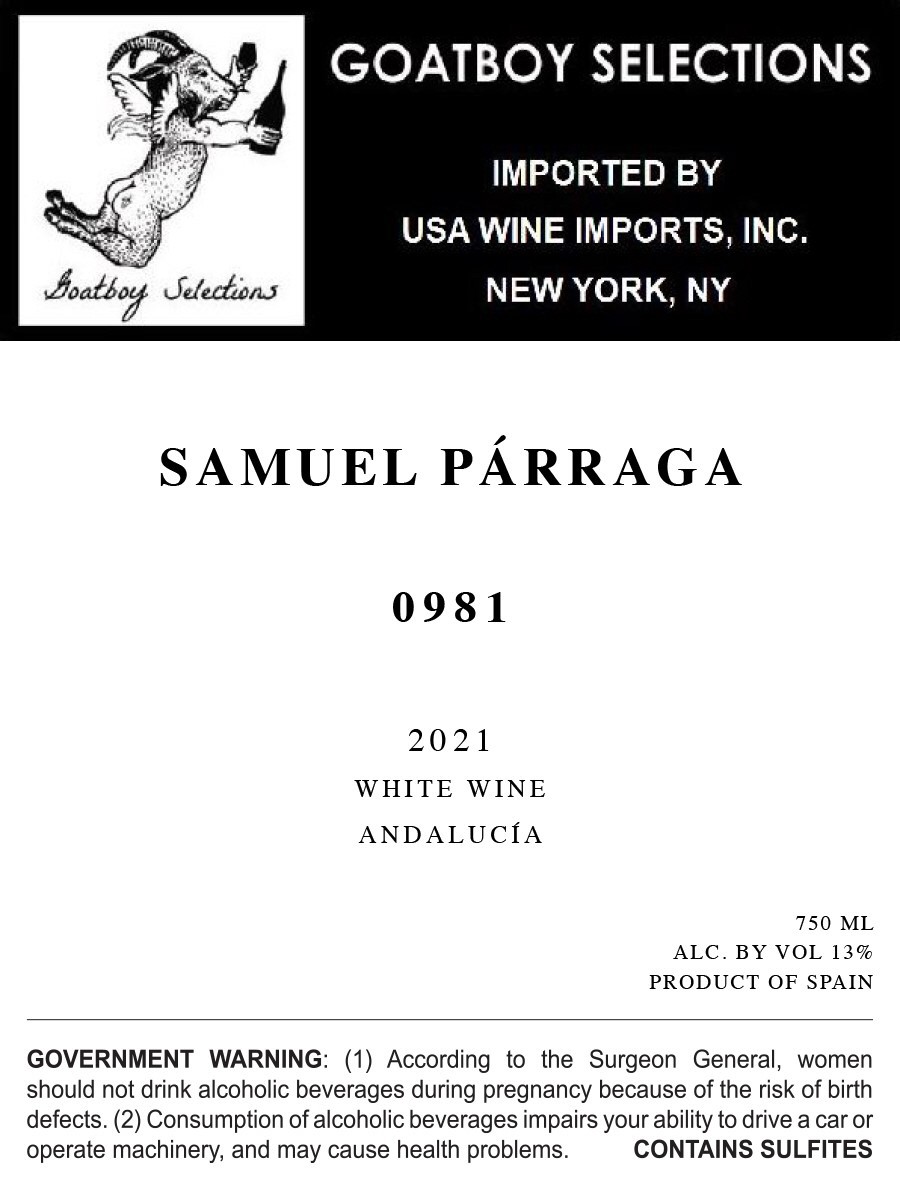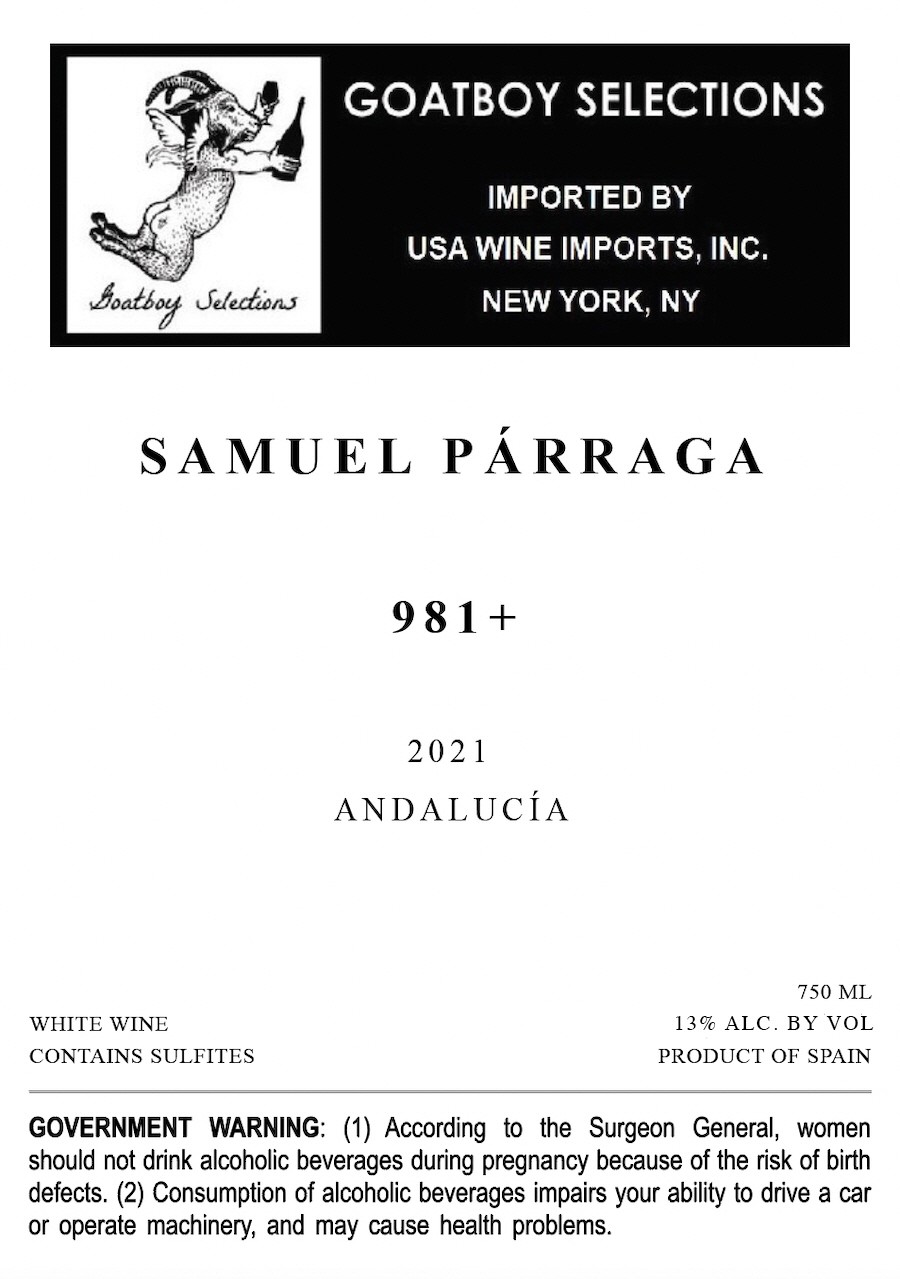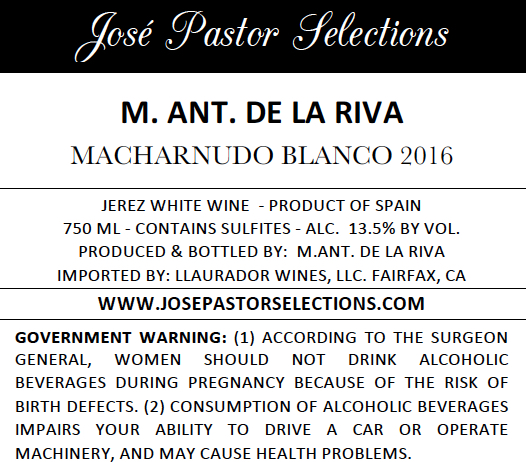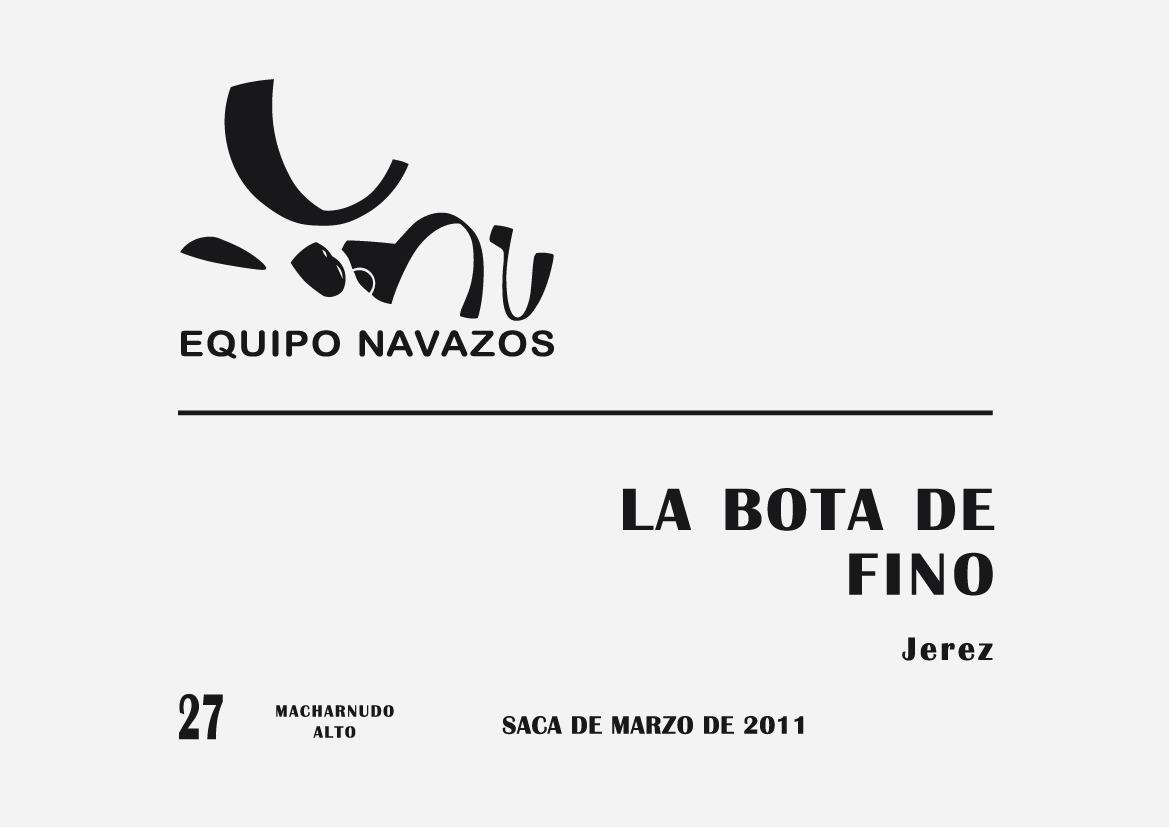Terroir of Andalusia
Andalusia's varied climate and land significantly influence its famous wines. The region has three main climate zones: the Atlantic-influenced west coast, the Mediterranean south, and the hot, dry inland areas. The Atlantic zone's breezes and humidity help maintain the Palomino grape's acidity, essential for Sherry's delicate styles like Fino and Manzanilla. Inland, the hot summers around Córdoba ripen Pedro Ximénez and Moscatel grapes, ideal for sweet wines.
Soil is also crucial. Jerez's albariza soil, rich in calcium carbonate, retains water and reflects sunlight, aiding grape ripening. Montilla-Moriles has similar chalky soils, supporting the intense sweetness of PX must. Málaga features varied soils, from the slate and schist of Axarquía to Ronda's clay-limestone. This blend of climates and soils, along with elevation, creates a tapestry of terroirs, giving Andalusian wines their unique character and complexity.
Notable Wineries in Andalusia
Andalusia's rich winemaking history is embodied by its notable wineries, each with unique stories and offerings. These producers have propelled the region to global fame with their exceptional Sherries and other wines:
-
González Byass (Jerez de la Frontera): Established in 1835, this family-run bodega is famous for Tío Pepe Fino Sherry and boasts expansive cellars.
-
Bodegas Lustau (Jerez): Known for its innovative Almacenista series, Lustau has won numerous awards since its inception in 1896.
-
Bodegas Hidalgo – La Gitana (Sanlúcar de Barrameda): Founded in 1792, celebrated for its fresh, salty Manzanilla “La Gitana.”
These wineries highlight Andalusia's dedication to quality and tradition, providing a glimpse into its vibrant wine culture.
Sustainable Winemaking in Andalusia
In Andalusia, sustainable wine production is a blend of tradition and innovation, driven by the region's commitment to eco-friendly practices. The local wine industry relies heavily on dry farming, using only natural rainfall, which aligns perfectly with the region's climate. Organic and biodynamic methods have gained traction, with many vineyards embracing cover crops like wild grasses to enrich soil health and promote biodiversity. Andalusia's wine producers are also pioneers in energy conservation, with solar panels and traditional architecture helping reduce carbon footprints. The use of native yeast fermentations and organic certifications is growing, reflecting a dedication to preserving the unique character of Andalusian wines. These efforts ensure the region's winemaking legacy continues to thrive while protecting the environment.
Wine Tourism in Andalusia
Andalusia's wine tourism offers a vibrant blend of culture, history, and stunning landscapes. The Sherry Triangle, with its iconic bodegas in Jerez de la Frontera and Sanlúcar de Barrameda, showcases the region's fortified wine heritage. Visitors can explore the solera system and experience flamenco and equestrian shows as they sip on Fino and Manzanilla. In Montilla-Moriles, quaint towns provide a taste of PX wines, celebrated at Córdoba's annual wine fair. Málaga's wine tourism includes the Wine Museum and trips to the scenic Axarquía hills. Ronda is known for its boutique wineries and dramatic views. These tours often include food pairings, enhancing the wine experience with local delicacies like jamón ibérico. Andalusia's wine routes, including the Sierras de Málaga Route, offer a mix of rural charm and wine exploration, making the region a must-visit for wine enthusiasts.




